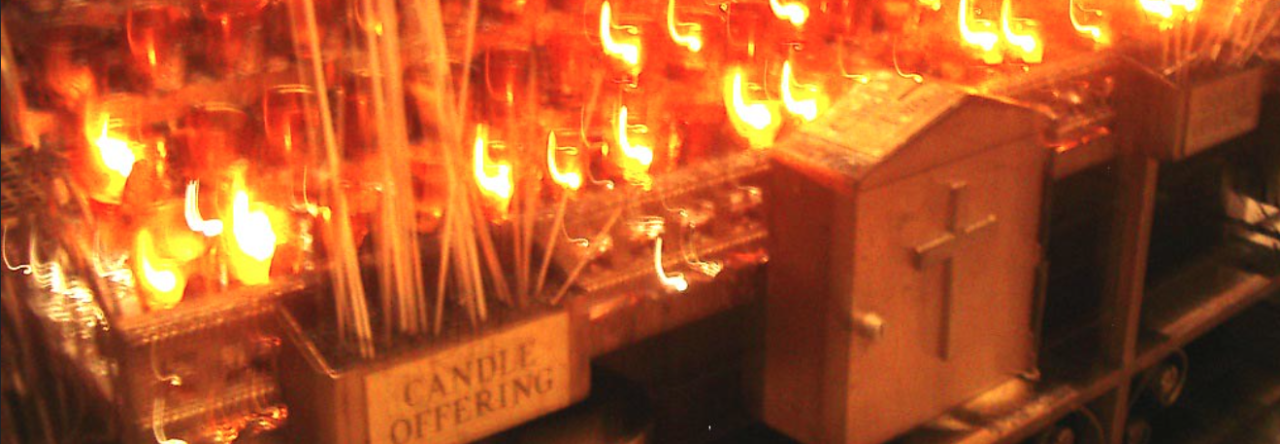One theme that emerged which somewhat subverted expectations was the prevalence of sexuality in the movies pre-Satanic Panic, ranging from 1964 to 1979. See the table below, which has the category of sexual imagery on the left and the instances of such imagery on the right, separated between movies made before and after the Satanic Panic. Sexuality included any implied sexual situations between characters in the trailers. I separated this category into five different sections. Both innocent depictions of male and female sexuality were included. Additionally, I coded for two common tropes of sexuality I had been seeing amongst the trailers; the femme fatale woman who uses her sexuality to manipulate men, and the character of the man who melds domination and abuse into his sexual presence. Lastly of this section, I coded for any time that gore and blood were present during a sexual scene.
| Sexuality | Pre Satanic Panic | Post Satanic Panic | |
| Female sexuality – Innocent/Benign | 7 | 6 | |
| Femme fatale/manipulative | 3 | 2 | |
| Male Sexuality-Innocent/Benign | 5 | 2 | |
| Male domination/abuse | 3 | 5 | |
| General sexuality- gore/blood | 1 | 1 |
The amount of films featuring sexuality is not much higher, but interestingly there is a difference in one specific area. Though representations of female sexuality were fairly consistent, there were a few instances of cult-like female sexuality, coded as femme fatale/manipulative. These were mainly present in the films pre-Satanic Panic and would be echoed throughout the moral panic.
Credit: “Still 00:01:41 of ‘Love Me Deadly (1972) – Theatrical Trailer.’” Allusion to the Shadow. (Allusion to the Shadow). YouTube.
The occurrences of innocent male sexuality before the Satanic Panic were over twice as high as after the Satanic Panic. This could possibly be because male sexuality was seen as more of a danger– at least within the contexts of religion and horror. One film that utilized male sexuality in a domineering way was Devil’s Advocate (1997), which shows part of the anthropomorphized satanic figure’s power was his ability to attract women to him, unknowingly putting themselves in harm’s way.
Credit: “Still 00:00:52 of ‘Devil’s Advocate (1997) Official Trailer – Al Pacino, Keanu Reeves Drama Movie HD.’” Rotten Tomatoes Classic Trailers. (Rotten Tomatoes Classic Trailers). YouTube.
Even among scenes in which the men were not expressing domineering or abuse traits, female sexuality was sometimes represented in a way that put the women in a victim role. In one film, Let’s Scare Jessica To Death (1971), a woman’s life is being turned upside down by possession. Within the trailer, this possession disrupts her sex life multiple times and turns her partner into another terrifying figure.
Credit: “Still 00:01:58 of ‘Let’s Scare Jessica To Death (1971) – Official Trailer.’” ScreamFactoryTV (ScreamFactoryTV). YouTube.
It should be noted that this is not simply a dip in representations of male sexuality overall, but rather the number of occurrences of violent male sexuality rose in the later movies as well, confirming this trend existing in both representations of the different archetypes of male sexuality. While this one area in particular is of note, it should be kept in mind that the amount of films looked into pre Satanic Panic were fewer than those post Satanic Panic, and such that representations of sexual situations in the movies pre Satanic Panic is that much more significant. It is also noteworthy that across both periods, female sexuality was represented more than male sexuality, possibly pointing to the notion that female sexuality sells better to audiences, or possibly that the filmmakers saw female sexuality as more appropriate to the themes of religion and horror than male sexuality.
